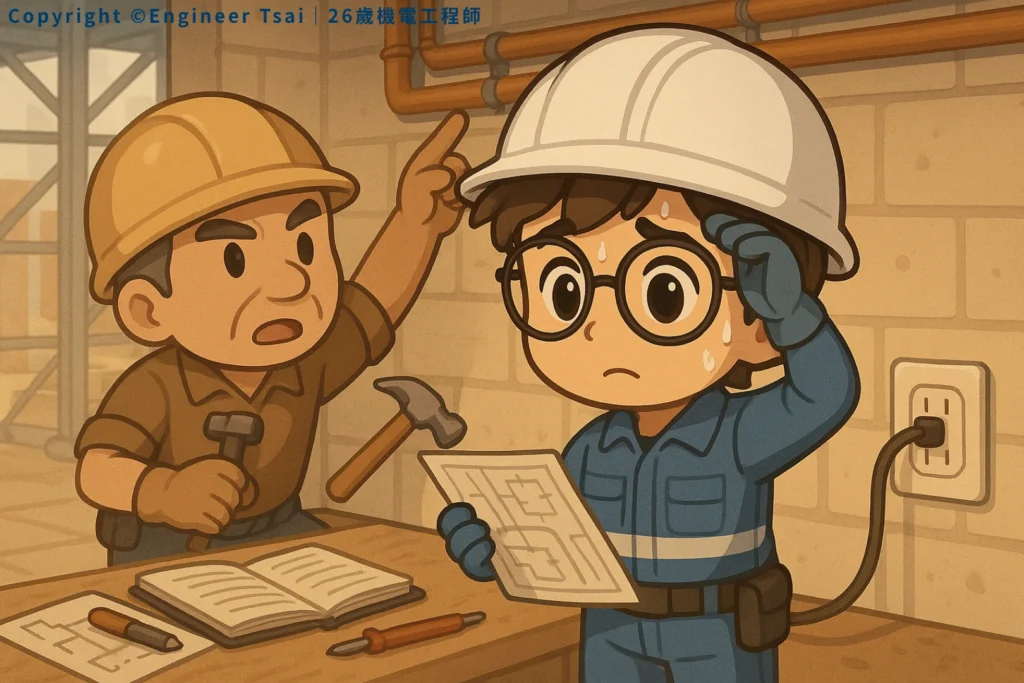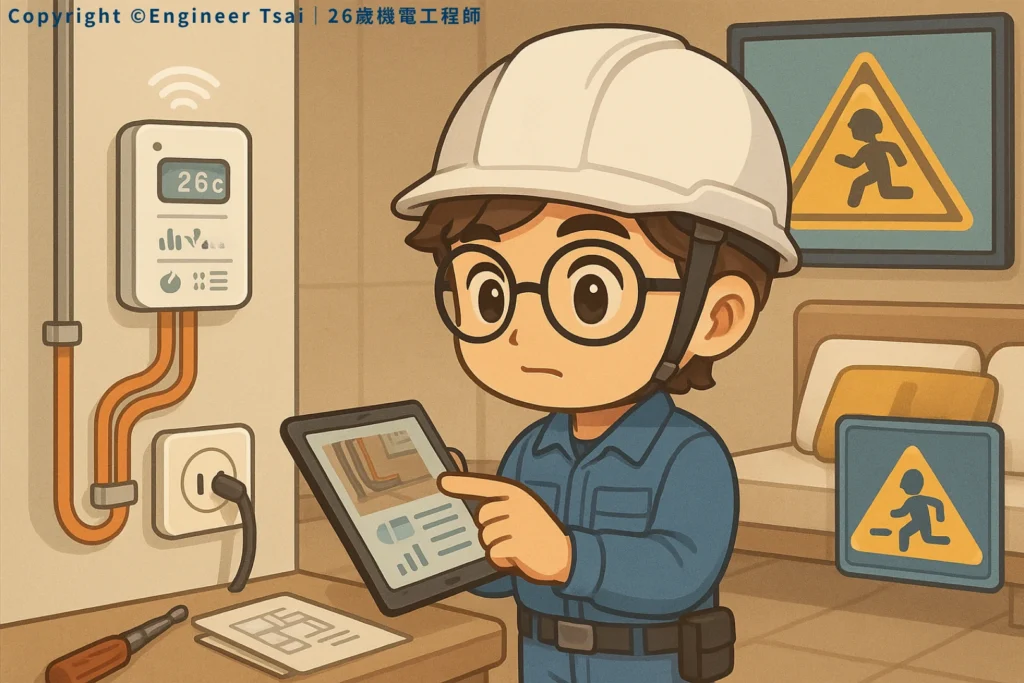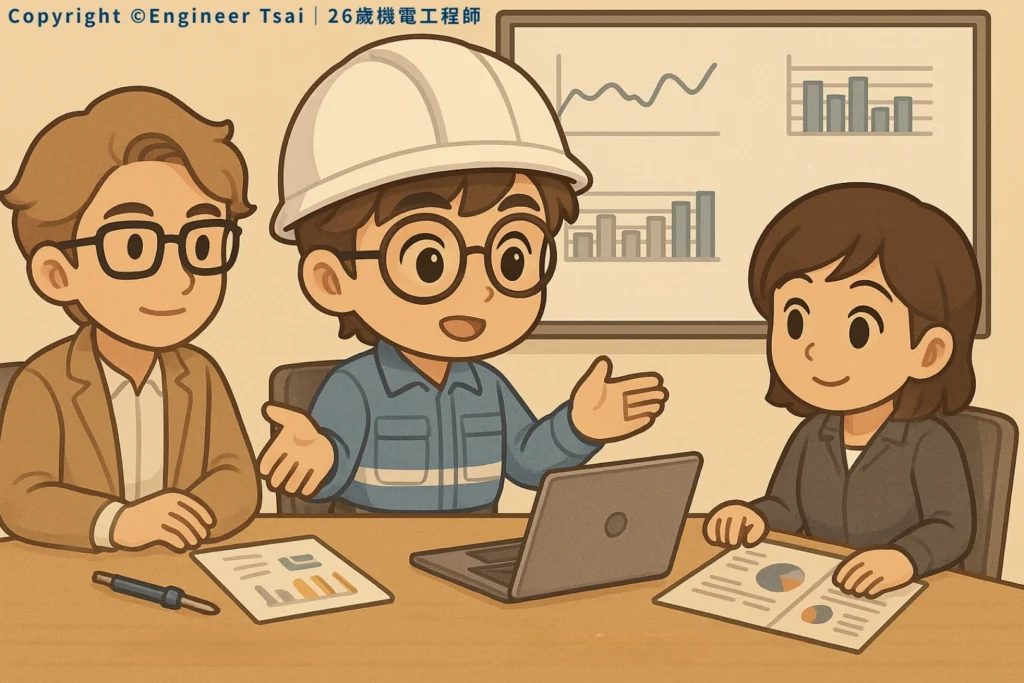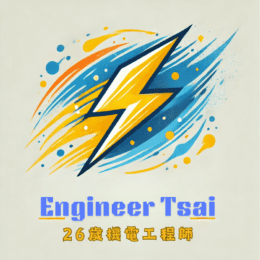Have you started hearing this lately?
“Will AI and the Internet of Things (IoT) make field engineers like us obsolete in a few years?”
Or maybe, “With all these sensors and analytics, is jobsite life actually any easier?”
If those questions sound familiar, you’re not alone. If you’ve spent any time on site, you’ve seen the digital wave slowly transform construction:
Sensors are replacing manual meter readings. Smart hardhats are tracking safety compliance. Punch lists and site walk reports? There’s an app for that. Even material check-ins are turning into barcode scans.
And let’s be real—plenty of old-school pros just roll their eyes, and maybe you’ve wondered yourself:
Is any of this stuff actually better than doing it the “old way”?

Can Your Career Survive on “The Old Ways” Anymore?
In the past:
Field wisdom meant “reading” the jobsite—spotting issues by eye, solving problems by feel.
You’ve probably heard: “The senior guy walks the floor, knocks a couple pipes, and just knows what’s wrong.”
But as jobs get bigger, timelines get tighter, and methods get more complex, experience alone isn’t enough to save you.
Magnetic Takeaway:
Experience is gold, but digital tools let you systematize, scale, and share that wisdom—so the next generation can carry the torch.
Now: AI and IoT—Your New Teammates (Not Enemies)
Across US jobsites, smart sensors, AI video analysis, and connected devices are everywhere.
Examples:
- Using IoT to monitor temperature, vibration, or gas leaks—alerts go out the second something’s off.
- Material deliveries tracked by RFID or barcodes, cutting human error and lost shipments.
- AI vision checks for PPE and safety violations—24/7, no breaks.
Actionable Hack:
On your next site walk, try logging issues with a phone app—snap, record, share in real time.
Used to take three paper forms and two days to sort out? Now it’s done instantly and searchable forever.

The New Path: From “Muscle” to “Decision-Maker”
Remember the first time you used a laser distance meter or watched Excel auto-generate a project curve?
AI and IoT are like that—except now, field engineers are part of the decision-making process, not just grinding through the same old tasks.
Field Takeaways:
- Site management apps now pull together material, schedule, safety, and quality data—automatically.
- With better data, you report to owners faster, spot issues sooner, and propose fixes proactively.
- If you just swing a wrench, you’ll get left behind. If you can integrate data and read the field, you’re irreplaceable.
Want to Be That “Indispensable” Engineer? Here’s How:
1. Embrace new tools.
Don’t wait until you’re forced—download that app, join an online course, jump in a forum.
Pro move: Next time you’re doing inspections, use your phone to log and upload photos instantly. No more paper chaos, no more missing records.
2. Collaborate beyond your silo.
Digital jobsites demand teamwork. A quick chat with the IT or design team can unlock answers to stubborn field issues.
Example: Electrical foremen working with IT can ensure smart meters and sensors stay connected—safer sites, clearer material flow.
3. Build your “data intuition.”
The most valuable engineers don’t just collect info—they interpret it.
Review reports regularly, offer real suggestions, and soon your teammates and bosses will look to you first for real answers.

What’s Your Biggest AI/IoT Pain Point on Site?
- Flaky WiFi or dead sensors?
- Lots of data, but nobody reads the dashboards?
- Old and new systems just won’t talk, and your schedule suffers?
Field Wisdom:
“Tomorrow’s jobsite isn’t just about who works hardest—it’s about who understands digital, who collaborates, and who can call the right shots.”
What’s Your Next Move?
Have you tried out a new digital tool recently?
Ever had a smart sensor fail on you? How’d you fix it?
Drop your story in the comments—or send this post to someone on your crew who’s still on the fence.
If you dig these practical jobsite insights, follow me for more. Next time, we’ll dive into real-life upgrade stories and smart field hacks!
📌 Recommended Reads:
🔹Top Material Handling Mistakes And How To Fix Them On The Jobsite
How digital tools make quality control real.
🔹Field-Proven Tips for Successful MEP Integration—From Planning to Inspection
How new tools help teams bridge the gap between drawings and field.
🔹Jobsite Safety Essentials: 5 Rules Every Engineer Should Know (Coming Soon)
The new digital standard for keeping your crew safe.


